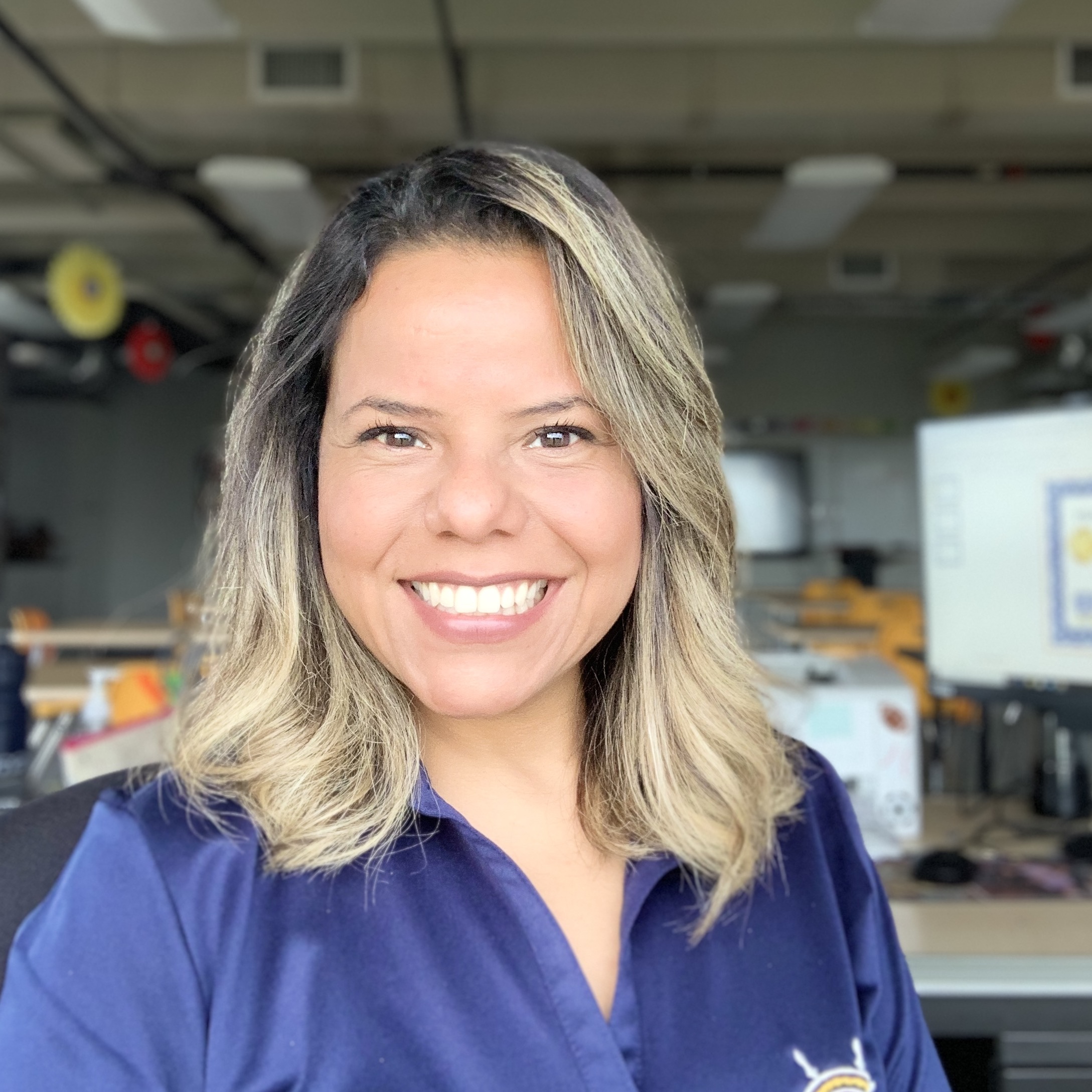Master of Ceremonies
Mat Ryer

Mat is a Director of Engineering at Grafana Labs on the Machine Learning team. Author of Go Programming Blueprints and host of Go Time podcast.
Ale Kennedy

Ale Kennedy holds an Industrial Engineering degree from the Universidad Del Norte in Barranquilla, Colombia. For the past year, after leaving her teaching post, Ale completed a Web Development bootcamp. When Ale is not focused on engineering and tech, she loves spending time with her kids and enjoying everything Miami has to offer.
Donia Chaiehloudj

Senior Software Engineer @isovalent, Tech event organiser & DEI engaged
Donia is a senior software engineer with 6 years of experience developing Go distributed systems in cloud environments in various fields, from the aerospatial field to the gaming sector. She entered the cloud-native world a year ago by joining Isovalent and contributing to the Cilium project. Passionate about tech and people, Donia is part of tech communities running events and conferences. She is also the co-author of "Learn Go with Pocket-Sized Projects" at Manning.